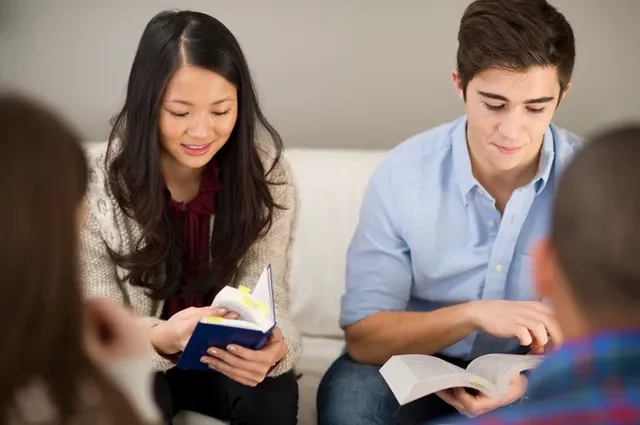Steps For Teaching Modesty in Today's World
Modesty is often given a bad wrap in today's world, but it's an important character strength that should not be discounted.
Instead of focusing on a laundry list of dos and don'ts, teach your children to trust their instincts when it comes to modesty. This will have a far greater impact on their lives than simply telling them what to and not to wear.
This is especially important for teens in today's world where a lot of girls (and guys!) are immodest in their speech and behavior. It's a good idea to talk about this topic with your parents, as well as with your friends and peers, so that they can learn about the importance of modesty in their lives.
Some people believe that modesty is a matter of knowing how to recognize your own equal moral worth and not allowing it to be undermined by your good qualities. These views are often called 'egalitarian' or 'equitable' accounts, and they root modesty in a correct belief in your own moral status.
For other people, this idea is a bit less attractive, as it can feel like you are trying to make yourself look better than others. And this can be hard for some people who need to think of themselves as being better than other people in order to motivate themselves, or who are socialised into thinking that self-worth is something to take pride in.
It also helps to understand modesty as an executive virtue, one that 'bends on inclinations, but does not brake them completely' (Um forthcoming). This means that it works together with other virtues in a way that aims at promoting their ends.
Getting your children to trust their instincts is an important part of safety. They'll need to rely on them more as they get older and face more dangerous situations.
The best way to teach your children how to trust their instincts is to make sure they have a safe place to be. That can mean developing a set of safety rules together, and making sure they know how to behave around strangers and in potentially dangerous situations.
Explain to your kids that it's okay to feel scared or uncomfortable sometimes, even if they can't explain why. They should also know that it's always safe to get away from someone who makes them feel uncomfortable, and to tell an adult.
Talking about these feelings as a natural way of relating to your child will keep their protective instincts active. It will make them more apt to pay attention when they're feeling uncomfortable and unsafe and take action to stay safe.
This is especially true in early elementary, when kids are often exposed to new people and new experiences. They need to learn how to feel compassion for classmates who are embarrassed, and disappointment in friends who break a rule. This is all a good way to teach your children how to trust their intuition, and help them stay safe in today's world.
Modesty can mean a lot of different things to different people, but it's often linked with security and confidence. It involves being able to appreciate the good things in life and the accomplishments of others without worrying too much about how you measure up.
We can all identify with the way that comparing yourself to others can make us feel downright jealous and FOMO-y. But if you could just be secure enough to be proud of your own achievements and not care too much about how they compare with someone else, wouldn't that be nice?

But if you're like most people, the thought of embracing modesty can seem a little daunting. But if you're willing to work hard at it, it can be one of the best ways to live out your values.
The most important step to teaching your kids to be accountable is to create a culture of responsibility in your home. That means establishing and enforcing clear rules that everyone needs to follow.
In addition to teaching your kids about the consequences of their actions, you should also teach them how to take responsibility for themselves and their own emotions. This can include identifying what's within their control and what's not, said Jennifer Gummer, a psychologist with the Children's Health Foundation.
